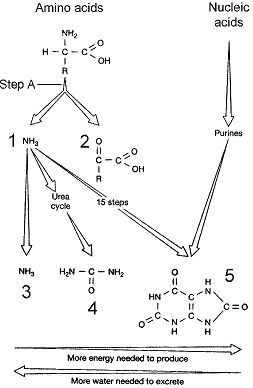_______ are responsible for antibody-mediated immunity
a. Natural killer cells
b. Macrophages
c. T cells
d. B cells
e. Dendritic cells
D
You might also like to view...
Cellular respiration
a. is the reverse of the process of photosynthesis. b. involves the physical exchange of gases. c. is a mechanism of tapping the energy found in the bonds between atoms in organic compounds. d. can occur only if there is a supply of glucose available because no other compound can be the energy source for cellular respiration. e. occurs only in animal cells.
__________ percent of American adults are
overweight or obese. a. 30 b. 40 c. 50 d. 60 e. 70
He process represented at step A of Figure 48-1 is referred to as:

a. filtration.
b. secretion.
c. excretion.
d. deamination.
e. elimination.
You are given the task of restriction-mapping a portion of a 10 kb linear genome fragment from a virus. You digest the fragment with BamHI and, upon gel electrophoresis, observe bands corresponding to 4 kb, 5 kb and 1 kb
When you digest the fragment with the enzyme HindII, you observe bands corresponding to 4 kb and 3 kb. When you digest the 10 kb fragment with both enzymes, you observe bands corresponding to 3 kb, 2 kb, and 1 kb, although the 2 kb band is much brighter than the other two bands. Based on this information, draw the restriction map of the 10 kb fragment. What will be an ideal response?